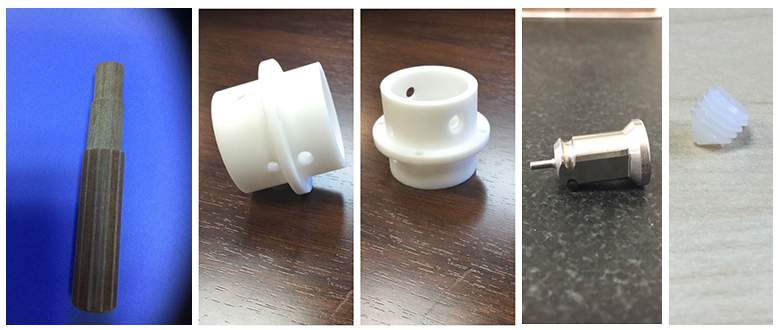5 Differentiating Factors between CNC Machining and 3D Printing
Over the years, 3D printing, popularly known as rapid prototyping, has gained immense popularity. It is considered as one of the future-oriented technologies. Since its introduction in the 1980s, there were strong projections that it may replace computer numeric control or CNC machining. However, that has not happened yet and is quite unlikely. Both CNC machining and 3D printing are widely used across industries as their benefits can be clubbed. For instance, machining techniques are largely used to form a metal or plastic into the required shape and size. 3D printing on the other hand has helped scale up production volumes and reduce costs. It is largely used to make prototypes. Still do you think only one of the two processes is ideal or must be used? Are you also intrigued about what makes CNC machining different from 3D printing? Or which of these technologies to choose for your application? This post answers the same. So, stay tuned

A Quick Overview of CNC Machining and 3D Printing
Before proceeding to their differentiating factors, it is utmost important to understand the underlying processes of these machining techniques.
- CNC Machining: CNC machining is a subtractive manufacturing technique that has gained immense popularity over the years. Since its introduction in the 1940s, this method is used to machine complex parts that demand optimal precision. In this, the material is cut out of a large workpiece to create the desired shape. Today, CNC machining enables performing various techniques such as turning, milling, cutting, carving, and so on, and is used for a wide variety of prototyping and assembly line production.
- 3D Printing: This is additive manufacturing introduced in the 1980s. Since its introduction, the fabrication processes have experienced significant growth owing to the material used and technological advancements. Unlike CNC machining, this technique deposits materials when required on the build platform and does so layer-by-layer.
CNC Machining vs. 3D Printing – What is the Real Difference?
Here are some important pointers that will help you understand the key differences between these technologies.
- Material Availability: This is one of the important factors to consider when differentiating these techniques. CNC accepts a wide range of materials such as metal alloys, acrylics, thermoplastics, modeling foams, and so on. While in contrast, 3D printing works with a limited number of materials. This method is ideal for super alloys that are difficult to machine using CNC machines.
- Part Sizes: CNC machining is ideal for making a broad range of sizes – from the tiniest to the largest such as washing machines or refrigerators. This is not the case with 3D printing. The part sizes are limited in 3D printing. If you want to produce large components using 3D printing, the components are broken into small sizes and then assembled, which later adds to the production time.
- Speed: Another key difference between these technologies is speed. CNC machining is widely preferred for mass production as it involves a set of different machines producing each part. 3D printing, in contrast, is considered time-consuming for large-scale production. This is because it is a single equipment that performs entire machining from start to end.
- Implementation: Though these techniques are computer-controlled, there is a huge difference in their execution. For instance, CNC machining requires expert supervision at regular intervals for changing the rotational speed of tools, material repositioning, and more. On the other hand, 3D printing does not require supervision during the entire process. Once the file is created, one must choose the file part orientation and required support.
- Wastefulness: One should consider the amount of waste these technologies produce. CNC takes away material for shaping the parts. This may end up producing a lot of waste. 3D printing uses only the required amount of material for producing parts. Therefore, no or minimal cleanup is necessary afterward.
Both 3D printing and CNC machining have their own strengths and weaknesses. Which technology to choose for the application will largely depend on your requirements. If you are considering CNC machining for your next project, you must approach an industry leader in machining and fabrication, such as Brogan & Patrick Manufacturing Corp. The company is a reliable machining service provider in the USA. Over the years, the company has been providing CNC machining services to its clients across industries such as medical, military, aerospace, oil and gas, energy, and marine industries.
